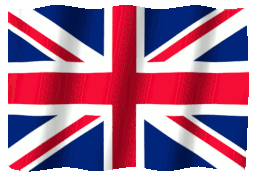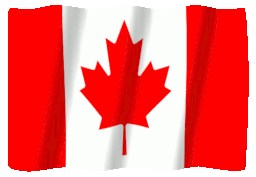Ecological Packaging in 2019
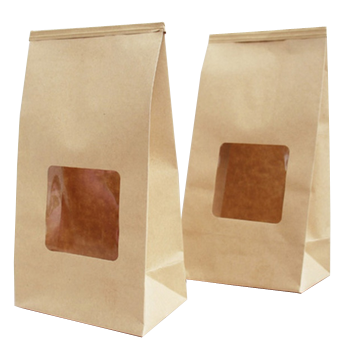
Ecological Materials Used in Packaging
Many people consider the modest cardboard box we all know as one of the most environmentally friendly packaging solutions. And they are right. One of the most advantageous assets of the cardboard is its robustness.
Once assembled correctly, the double and triple-walled cardboard boxes can support a substantial weight of merchandise and keep it safe throughout the shipment.
A simple cardboard box is also more than 80% biodegradable. Aside from eco-cardboard, there are several other materials used in eco-packaging including:
1. Corn Starch
Corn starch packaging is biodegradable and is ideal for use in limited-use products such as take-away. Corn starch is a good option for all types of food packaging and can also protect the container during shipping.
2. Biodegradable Plastic
Increasingly used, biodegradable plastic starts to decompose when exposed to daylight and is a good alternative to traditional plastics.
Traditional plastic is the third most widely used petroleum derivative in the world. Each year, 200 million tons of plastic are consumed on the planet. It comes from a non-renewable source (petroleum), it is contaminant and not biodegradable.For example, Coca Cola has designed PlantBottle ™, a recyclable PET (polyethylene terephthalate) bottle made partly from a plant material.
3. Bagasse (Sugar Cane Pulp)
Bagasse is a fibrous material of natural ivory color. When the sugar cane is crushed to extract the juice, only the bagasse remains. Bagasse is used to make insulated containers that are disposable, replacing non-ecological materials such as polystyrene foam.
4. Reed Fiber – A Japanese Innovation
The reeds grow fast. They can be composted and returned to the farming cycle. In addition, cultivated on banks or rivers, reeds do not compete with food crops, unlike plants grown for biodiesel.
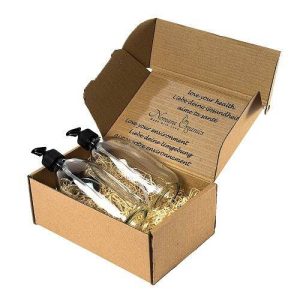
The difference between a biodegradable packaging and a compostable packaging:
According to the Ellen MacArthur Foundation, there will be more plastic in the sea than fish by 2050.
By definition, biodegradable materials are composed of wastes from living organisms. For example, products made of paper, banana leaves, bamboo, vegetable fiber and food residues are examples of elements that can be biodegradable, which means that they break down in a landfill.
Biodegradable Compostable Ecological Straws
While compostable products are always biodegradable, the opposite is not always true. Compostable packaging can be broken down into an industrial compost cycle, but will enrich the soil and provide a fertile ground for the growth of other plants. The enrichment of soil quality is important because it significantly affects our food production, a necessity because of the increase in the world population,
As a brand, it is important to carefully consider the packaging format to be used and make an informed decision based on the reality of your country’s waste management infrastructure. What is described as ” compostable ” does not mean that it will decompose quietly on the side of the road.
Ensuring that products are not just recyclable but “designed for recycling” is essential if we want to recover more of our resources.
Our tips for starting today to adopt eco-friendly packaging:
If you are a brand considering the transition to eco-packaging, here are some tips to better ensure this transition:
1 – Do not change everything at the same time
Whether you are selling one or thousands of products, it is best not to engage fully in green packaging before you have tested the concept.
2 – Order Packaging Samples
As mentioned, it is risky to engage in a new packaging solution before testing it. Remember to order a bundle of samples to check yourself the quality of the packaging. Once convinced that it is a practical option, order larger quantities.
3 – Consider a Redesign of Your Visual Identity
Adopting a new style of packaging at the same time as rebuilding your brand can be a great opportunity to generate a big impact on all fronts. A new logo, new colors and new patterns can be pleasantly complemented by eco-friendly packaging.
4 – Adjust your prices
The price is obviously a factor to take into account. You may be surprised to know that packaging made from 80% recycled material is available from 0.26 euro per piece.
Once you have opted for an environmentally friendly packaging option, it is important to calculate whether you can absorb the cost of this package or if you need to increase your prices accordingly.
5 – Order in small volumes
To test how your customers are responding to your new packaging, you must proceed gradually. With PCB, for example, you can order cartons and other eco-friendly packaging from just 30 pieces. When you see that your customers’ response is favorable, increase the size of your orders.
6 – Integrate your ecological values into your marketing campaigns
Make sure people know that you are involved in protecting the environment. Your customers want to hear about it, be sure to communicate well. You will take a considerable step ahead of your competitors.
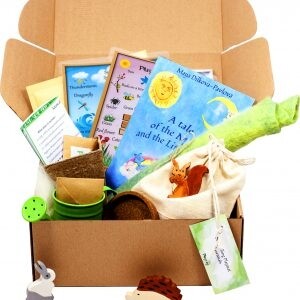
Ecological Packaging Suppliers
As a young packaging company, PCB is firmly committed to sustainable development and respect for the environment, while helping its customers to do the same.As a new disruptive brand in the old-fashioned packaging industry, we have learned a lot. Among these things, one of the most important is that most small and medium-sized businesses want to sell their products in packaging that does not harm the environment.
That’s why every cardboard product in our range is made from a minimum of 80% recycled cardboard. This means that when you order personalized packaging from us, you receive a product that was in another life a school book, a cereal box or an EDF bill.
If you want to get started with eco-packaging, check out PCB’s range of custom packaging or contact us so that we can assist you in designing your eco-friendly packaging.
